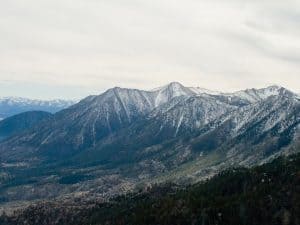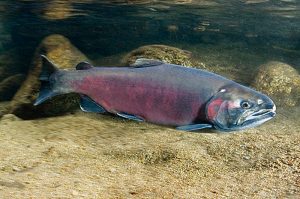Nearly two dozen water diversion projects in central Idaho’s Sawtooth Valley are harming federally protected salmon, steelhead and bull trout, according to the Idaho Conservation League (and this article).
Specifically, the lawsuit says the Forest Service in 2001 prepared environmental documents called Biological Assessments and found most of the 23 diversions are “likely to adversely affect” one or more of the protected species.
Those assessments were sent to Fish and Wildlife and NOAA Fisheries. But in June 2001, NOAA Fisheries notified the Forest Service, according to the lawsuit, that the additional information was needed to begin the consultation. The lawsuit says the Forest Service never followed up with that additional information.
“More than 16 years later, the Forest Service continues to authorize these 23 diversions to be used, operated, and maintained without ESA consultation, even though sockeye salmon, Chinook salmon, steelhead, bull trout, and their habitat have been, are being, and will continue to be harmed by the diversions,” the lawsuit says.
Once an agency decides that a proposed action is likely to adversely affect a listed species it has to formally consult with the appropriate agency (in this case, Fish and Wildlife Service for bull trout and NOAA Fisheries for salmon and steelhead). If they haven’t done it, it’s kind of an open-and-shut case – one that would be a good candidate for settlement. Under ESA, there should have been a 60-day notice of intent to sue, which should have led to discussions that might have avoided a lawsuit. Not sure what happened here. (If there have been more recent reauthorizations with a finding of “no effect,” that would complicate things.)

